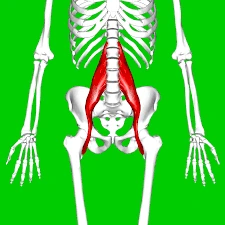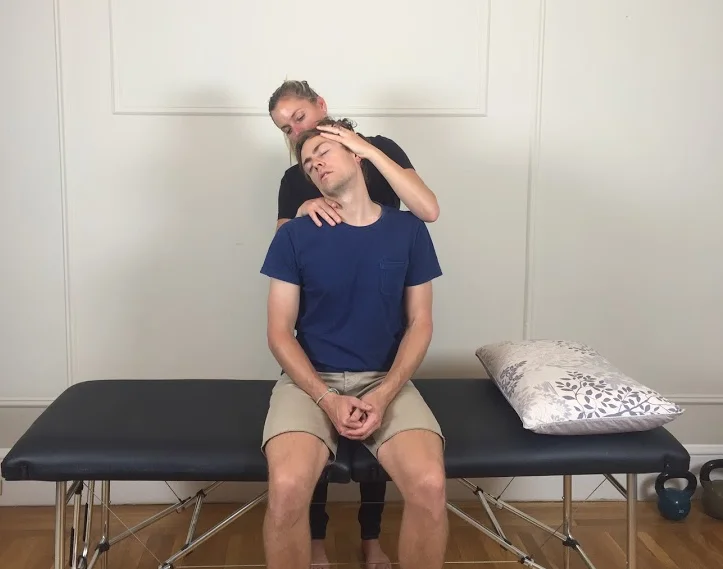COUNSELLING OF THE PATIENT :
DEFINATION :
- Patient counseling is a broad term which describes the process through
which health care professionals attempt to increase patient knowledge
of health care issues. - Patient counseling may be verbal or written performed on an individual
basis or in groups, & provide directly to the patient or caregiver. - The process provides for the exchange of information between the
patient & health practitioner. - The information gathered is needed to assess the patient’s medical
condition to further design, select, implement, evaluate & modify
health interventions.
OUTCOMES OF PATIENT COUNSELLING :–
- Patient recognizes the importance of their well being.
- It encourages the patient to establish a working relationship with a pharmacist& foundation for continual interaction and consultation.
Improves the coping strategies to deal with medication side effects and drug interactions. - Motivates the patient to take medicine for improvement of his/her health status.
- The patient becomes an informed, efficient and active participant in disease treatment and self care management.
- Develops the ability in patient to take appropriate medication related decision concerning the compliance or adherence to their medication regimen.
PATIENT COUNSELLING METHOD :-
The structure of the counseling session is divided into
four groups:
- Introduction of the session.
- Content of the session.
- Process followed.
- Conclusion of the session.
TYPES OF COUNSELLING :-

- Problem-solving counselling :-
This is a structured and systematic approach to resolving problems that are linked to stressful circumstances.
It is particularly suitable for patients whose life problems are adversely affecting or maintaining a disorder.
It involves the patient identifying and listing problems and then considering what practical ways exist to solve or alleviate the problem. These solutions are tried and then reviewed.
This method has been shown to be useful in treating mild mood disorders. - Interpersonal counselling :-
This is similar to problem-solving approaches but the focus is on the current state of interpersonal relationships in the home, work and elsewhere.
Problems in relationships can be viewed under the headings of loss, interpersonal disputes, role transitions and interpersonal deficits.
A problem-solving approach is adopted to encourage the patient to try out alternative ways of coping.
This has been effectively used for patients with minor mood disorders. - Psychodynamic counselling :-
In this technique there is more emphasis on past experience and unconscious processes as the mainspring of current behaviour.
The patient’s emotional reactions to the counsellor and situation are an indicator of the nature of problems in other relationships.
This approach has not been as thoroughly evaluated as those above.
SPECIFIC USES OF COUNSELLING :-
Counselling has been used in the following situations:
- Counselling to relieve acute distress:
- In this situation there is emphasis on emotional release and ways of coping with the immediate problem.
- Where the method is nondirective, unstructured and involves the recall of distressing events, it may be inappropriate for those surviving traumatic experience and may lead to worse outcomes than where the patient receives no counselling.
- Cognitive methods may be of some help but timing is important.
- Counselling for late effects of trauma, including post-traumatic stress disorder:
- As above, it is inappropriate to use nondirective and unstructured approaches since they may result in recreating the emotionality of the experience without offering ways to deal with it.
- Cognitive and psychodynamic approaches may be more useful.
- Counselling for relationship problems:
- It may be helpful for a counsellor to encourage couples to talk constructively about their relationship so that they come to appreciate their thoughts and feelings for each other.
- Risk counselling:
- It may be helpful for those who may be facing the risk of developing an hereditary disease or acquiring a sexually transmitted disease to discuss with a counsellor the nature of the risks and the possible responses to the various outcomes.
- Bereavement counselling:
- Counselling in this situation focuses on giving information about the normal stages of grieving, working through the normal stages of grief and giving advice on coping without the deceased.
- Mild-to-moderate depression:
- The National Institute for Health and Care Excellence (NICE) questions the efficacy of this compared with other therapies and has downgraded it to second-line therapy in its latest guidance.
- Generalised anxiety and panic disorder.
- Obsessive-compulsive disorder.
- Psychosomatic conditions – chronic pain, chronic fatigue, and gastrointestinal disorders such as irritable bowel. Also, some gynaecological syndromes such as premenstrual syndrome and chronic pelvic pain.
- Health promotion:
- Counselling can also play an important role in health promotion for some patients, including smoking cessation.
- Chronic or terminal disease:
- Counselling may help some patients to come to terms with chronic or terminal disease. One study advocated the use of group psychotherapy for this indication.
TECHNIQUES :-
Counsellors focus on client choices in their life circumstances as a basis for their work. Counselling can involve a variety of different methods and techniques, including psychodynamic counselling and cognitive behavioural counselling. However, most are influenced by humanistic, process-experiential and psychodynamic principles. Examples of therapeutic approaches include:
- Nondirective counselling:
- Encourages the patient to share his or her problems with the counsellor.
- Through listening, the counsellor affirms the patient’s worth and allows him or her to take the time to express his or her thoughts.
- Problem-solving therapy:
- Systematically teaches generic skills in active problem-solving, helping individuals to clarify and formulate their life difficulties and apply principles of problem-solving to reduce stress and enhance self-efficacy.
- Cognitive techniques (such as challenging negative automatic thoughts) and behavioural techniques (such as activity scheduling and behavioural experiments):
- Are used to relieve symptoms by changing maladaptive thoughts and beliefs.
- Behavioural therapy:
- Seeks to solve problems and relieve symptoms by changing behaviour and the environmental factors which control behaviour.
- Graded exposure to feared situations is one of the most common behavioural treatment methods and is used in a range of anxiety disorders.
- Cognitive behavioural therapy:
- Is a combination of the two techniques of cognitive and behavioural therapy.
- It looks at how a person’s self-perception can influence his or her behaviour.
- It addresses some of the underlying issues and how these can give rise to destructive or damaging behaviour.
- Can be useful in treating depression, anxiety and substance abuse. One study found it was beneficial in the management of elderly patients with depressive disorder.
- Access has always been the issue in primary care but one study found that online real time therapy delivered by a counsellor over the internet was effective.
- NICE has reviewed the use of and access to cognitive behavioural therapy in general practice and has recommended:
- Beating the Blues – an internet-based cognitive behavioural therapy programme for the treatment of mild-to-moderate depression.
- FearFighter – a similar programme available for the treatment of panic and phobic anxiety.
- Interpersonal therapy:
- Structured, supportive therapy linking recent interpersonal events to mood or other problems, paying systematic attention to current personal relationships, life transitions, role conflicts and losses.
- Psychodynamic counselling:
- Based on the view that past and unresolved conflicts and events result in current emotional distress, a variety of methods is used to help the client make sense of repressed or forgotten experiences, allowing the client to move forward and resolve the conflict or troubling behaviour.







